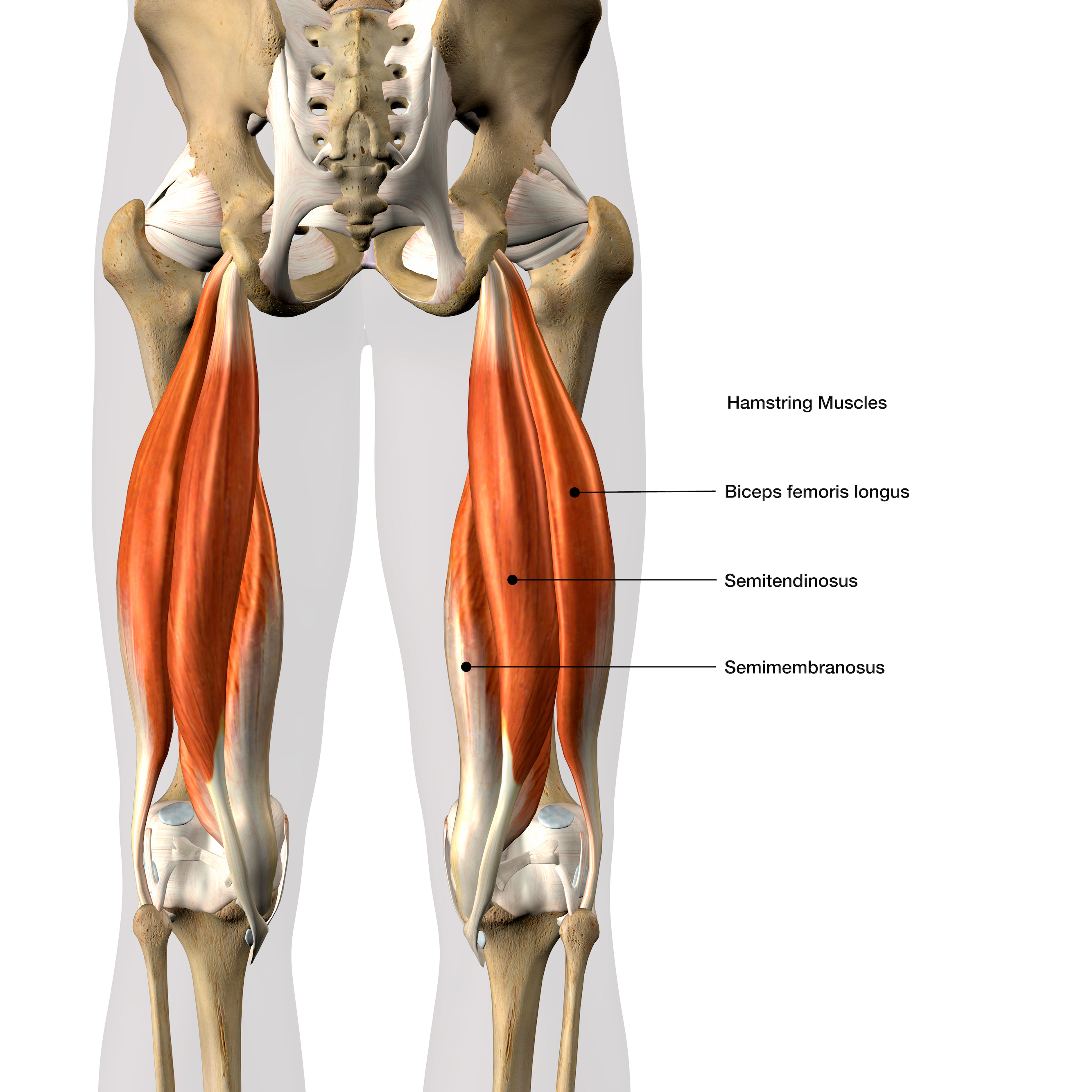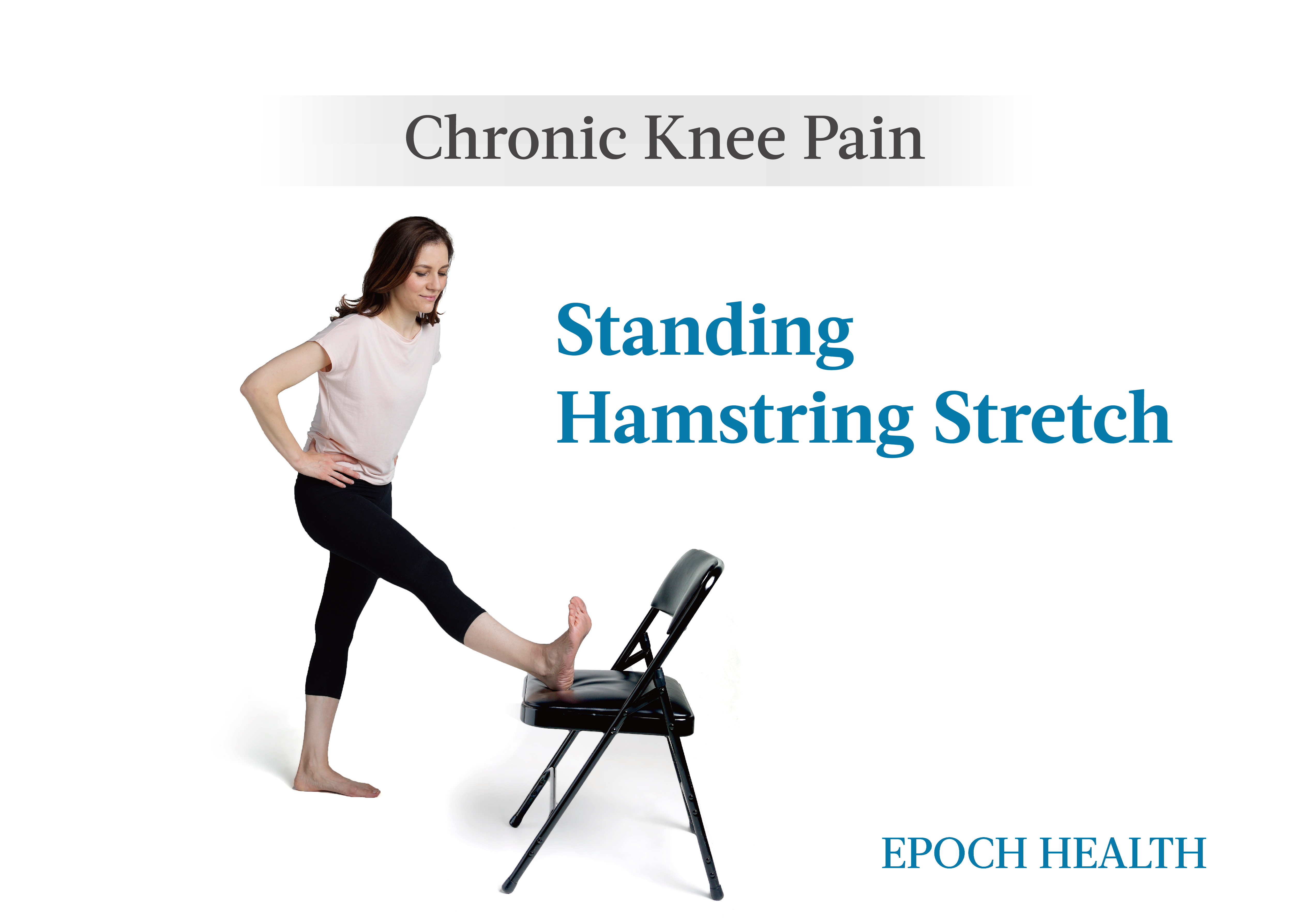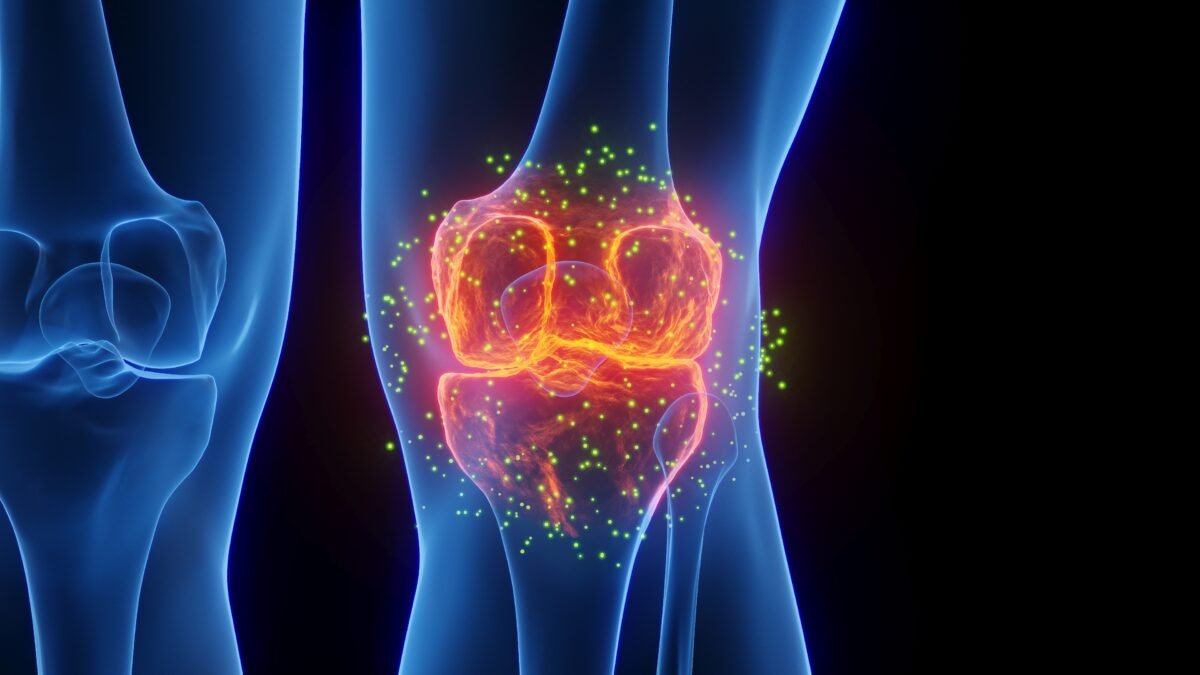A Therapist’s Guide to Preventing Chronic Knee Pain
In this series, “Easy Exercises to Combat Chronic Pain,” occupational therapist Kevin Shelley focuses on common issues associated with chronic pain and simple exercises to strengthen weak muscles and enhance joint mobility, with the goal of helping you become pain-free.
Chronic knee pain afflicts millions of people and is the second leading cause of pain in the United States. Whether from injury or regular wear and tear, knee pain can affect your mobility and wreak havoc on your quality of life.
The knee and the hip are two of the most stressed joints in the body, but while hip pain is usually characterized as dull and aching, knee pain is often sharp and piercing.
“Maintaining healthy knees requires two things: flexibility and strength,” Lisa Zaun, a physical therapy assistant and inpatient joint replacement specialist, told The Epoch Times.
Many people find that a regimen of safe, effective, and simple exercises can help keep their knees healthy and free from pain.
The Muscle Groups of the Knee
The knee muscles allow four different movements—flexion, extension, medial rotation, and lateral rotation—which are all critical for walking, running, and climbing, as well as helping to maintain balance.
Knee muscles are categorized into two major groups: the quadriceps, on the front of the leg, and the hamstrings, on the back.
Quadriceps
The four key quadricep muscles are:
- Rectus femoris—attaches to the kneecap and helps straighten the knee and bend the hip.
- Vastus medialis—runs along the inside of the thigh and connects the thigh bone to the kneecap, helping straighten the knee while stabilizing the kneecap during movement.
- Vastus intermedius—situated on the front and middle of the thigh, allows extension of the knee.
- Vastus lateralis—the largest and strongest of the quad muscles, located on the outside of the thigh. It attaches to the base of the kneecap and also helps straighten the knee.

As a whole, our quadriceps all work together to help us to stand up, climb, walk, kick, jump, and run. In sports, they are critical for cycling, running, and squatting movements. They help us to absorb force when our heels hit the ground, flex the hip, stabilize and move the kneecap, and control the way we walk.
Hamstrings
The three hamstring muscles are:
- Biceps femoris—attaches to the top of the tibia (shinbone) and is primarily involved with bending the knee, but also enables hip extension.
- Semitendinosus—inserts on the upper part of the tibia and contributes to hip extension, internal rotation, bending of the knee, and stabilization of the pelvis.
- Semimembranosus—inserts on the tibia and is responsible for the extension of the hip, bending of the knee, and internal rotation of the leg.

The hamstring muscles work as a group and allow us to bend our knees, extend our hips, and stabilize our knees during movement. They are highly prone to injury—especially in runners—from a sudden stop or change in direction, or when slowing down.
Common Causes of Chronic Knee Pain
Chronic knee pain is often defined as pain that lasts for more than 12 weeks. Many of the things that cause pain in otherwise healthy knees can be attributed to functional patterns and muscle weakness, Zaun said.
Functional patterns
The knee has to endure four pounds of force for each pound of body weight. Even 30 pounds of additional weight can force the knees to contend with 120 pounds of additional force.
Movements that often lead to chronic knee pain include:
- excessive running or jumping, which can cause considerable compressive forces on the knee
- prolonged kneeling, especially if repeated on a daily basis
- twisting or rotating over planted feet, which stresses the knee joint
Muscle Weakness
Knee pain can also originate from muscle weakness, Zaun said. For example, weak muscles are a leading cause of knee injuries, so by strengthening your quadriceps and hamstrings, you’ll help the muscles around your knees work more effectively, providing greater balance and stability.
Thankfully, there are several safe, effective, and easy-to-perform knee exercises that can help strengthen your knees and prevent chronic pain.
Exercises to Prevent Chronic Knee Pain
Zaun recommends bodyweight exercises for strengthening because they are easy to perform anywhere, requiring little to no equipment. When performed properly, these exercises can be both challenging and highly effective.
Since the hamstrings and quadriceps work together to provide all knee movement and stabilization during movement, the following exercises are recommended to strengthen both hamstrings and quadriceps:
Standing Hamstring Stretch
The hamstring stretch is an excellent way to decrease hamstring tightness, which will decrease tension in the back and knees.

Step 1: Place your leg on a bench or chair while standing.
Step 2: Keep the leg straight and slowly bend forward while keeping your back straight until you feel a stretch on the back of your thigh.
Step 3: Hold the stretch for 10 to 15 seconds, then slowly release. Do five stretches with each leg, alternating legs.
This is a nice, easy stretch. You don’t want to be overly aggressive with this exercise, Zaun said. Ease into the stretch and listen to your body while avoiding pain.
Standing Quad Stretch
Tight quadriceps muscles can affect how you stand, walk, and sit and can lead to knee pain. This stretch allows you to keep the quadricep muscles stretched and loose.

Step 1: Using a chair or counter for stabilization, bend one of your knees and grab your ankle or foot with the hand on the same side.
Step 2: Pull slowly until you feel a stretch in the front of your thigh.
Step 3: Hold for 10 to 15 seconds, easing into the stretch, then slowly release. Repeat five times with each leg, alternating legs.
Like with the hamstring stretch, don’t be too aggressive. Ease into the stretch slowly and listen to your body while avoiding pain.
Wall Squats
Weak quadriceps can allow the kneecap to fall out of alignment during walking, running, and bending. Wall squats strengthen your quadriceps, providing greater control of the kneecap. For best results, place a large exercise ball behind your back to help reduce friction and make this exercise easier.

Step 1: Lean against an unobstructed wall while standing.
Step 2: Walk your feet out far enough forward that your knees do not move past your toes when you squat.
Step 3: Slide yourself down the wall until your knees are almost at a 90-degree angle, then push yourself back up using both legs.
Step 4: Complete 10 to 30 repetitions per set; try to do two sets.
Don’t bounce, and don’t rush the movements. Take one second to move in either direction. Avoid going too low early on, and squat down only as far as you can while still being able to push back up into a standing position.
Wall Squats With Ball Squeeze
This modification of the basic wall squat still works the quadriceps but with a specific focus on your vastus medialis, which plays the most critical role in controlling the kneecap during movement. This exercise is recommended once you’ve mastered the basic wall squat.
Step 1: Lean against an unobstructed wall while standing.
Step 2: Place a ball between your knees—an inexpensive playground ball is perfect for this exercise.
Step 3: Begin performing wall squats while tightly squeezing the ball between your knees.
Step 4: Complete 10 to 30 repetitions per set; try to do two sets.
This exercise can be considerably more fatiguing than basic wall squats, so do what you can at first and increase as possible.
Good Mornings
The hamstrings are often overlooked when exercising, and weak hamstrings can both decrease alignment and increase the negative effects of biomechanical forces on the knee. This exercise is easy and specifically strengthens the hamstrings.

Step 1: Stand up tall with your feet spread shoulder-width apart with your hands behind your head and elbows straight out.
Step 2: Slowly bend forward while keeping your legs and back straight. Move as far as you comfortably can, until you reach 90 degrees of hip flexion, then slowly come back up. Don’t rush the movements, which will protect your lower back. You may only be able to comfortably move a few inches at first, which is fine.
Step 3: Do 10 to 20 reps; try to do two sets at first.
Zaun recommends this simple exercise to build stronger hamstrings and increase knee stability.
A little care goes a long way when it comes to your knees. Performing these simple exercises at least three times per week can help you strengthen the muscles of the upper legs and help to keep your knees pain-free.
*Always consult with your physician before commencing exercise activity.
Next: Your ankles absorb a lot of force—if they’re weak, you’ll be more prone to injuries such as sprains. Ankle exercises can help strengthen weak ankles and prevent painful injuries while improving your mobility and stability. Strong ankles will also keep you from putting extra strain on your knees and hips.
Views expressed in this article are the opinions of the author and do not necessarily reflect the views of The Epoch Times. Epoch Health welcomes professional discussion and friendly debate. To submit an opinion piece, please follow these guidelines and submit through our form here.




